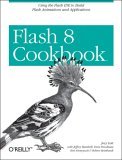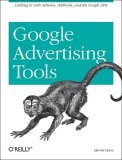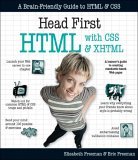 CSS Mastery: Advanced Web Standards Solutions
CSS Mastery: Advanced Web Standards Solutions (Friends of Ed, 2006) by Andy Budd is short and deceptively simple. Andy Budd is the Hemingway of technical writing: spare, clear prose that is absolutely dead-easy to comprehend. But don’t be misled by the skillful writing or the relative shortness of the book into thinking that the book is too easy. There are definitely advanced ideas and techniques here. There are two case studies at the end of the by well-known designers that make use of the ideas in the book and let you see them put into action.
Another characteristic of this book is its unique organization. Look at the chapter titles:
- Setting the Foundations
- Visual Formatting Model Recap
- Background Images and Image Replacement
- Styling Links
- Styling Lists and Creating Nav Bars
- Styling Forms and Data Tables
- Layout
- Hacks and Filters
- Bugs and Bug Fixing
There are time-worn favorite topics in the chapters, but the organization and choice of what to include is based on the mastery techniques in the book rather than what you might have come to expect as standard fare for a CSS book. Instead of explaning each hack, bug and filter as he’s giving direction for the mastery techniques he explains, he refers to the hack, filter or bug by name and the collects them all in two chapters. It’s a good system that separates the two lines of thought into separate compartments. And it puts all the hacks, filters and bugs in one place for easier reference.
This would be a good book for an advanced class and for anyone who knows the basics of CSS and is ready to try some new moves.
Technorati Tags: web design, accessibility, usability, CSS, education, web design education, web standards
 Flash 8 Cookbook (O’Reilly, 2006) by Joey Lott
Flash 8 Cookbook (O’Reilly, 2006) by Joey Lott  Bulletproof Web Design : Improving flexibility and protecting against worst-case scenarios with XHTML and CSS
Bulletproof Web Design : Improving flexibility and protecting against worst-case scenarios with XHTML and CSS
 Head First HTML with CSS & XHTML
Head First HTML with CSS & XHTML